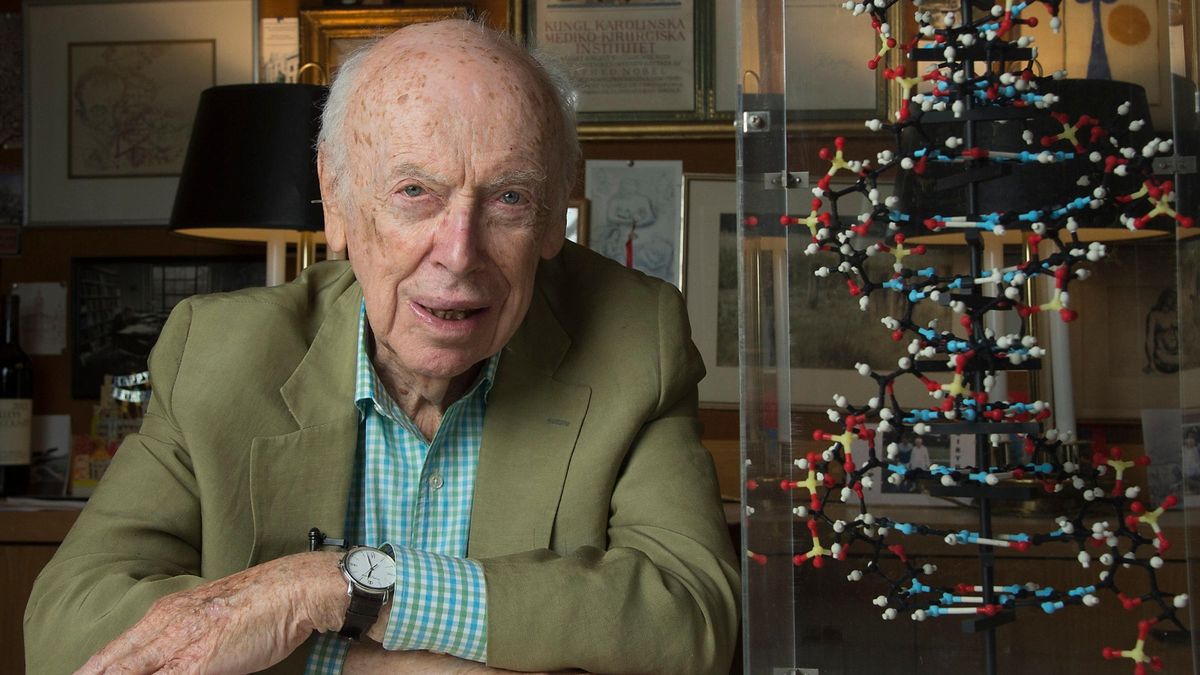INTERNATIONAL

JAMES WATSON, NOBEL LAUREATE WHO CO-DISCOVERED DNA’S DOUBLE HELIX, DIES AT 97
Renowned American scientist James D. Watson, who shared the 1962 Nobel Prize in Physiology or Medicine for discovering the double-helix structure of DNA, has died at the age of 97.
His death was confirmed by Cold Spring Harbor Laboratory (CSHL) in New York, where he worked and conducted research for much of his career.
Watson’s pioneering work in 1953, alongside Francis Crick and Maurice Wilkins, unveiled the structure of deoxyribonucleic acid (DNA) — a discovery that transformed biology and medicine, opening the door to genetic research, modern forensics, and the mapping of the human genome.
At just 24 years old, Watson helped describe DNA as a double helix — two intertwined strands resembling a twisted ladder — revealing how genetic information is stored and passed on during cell division. The breakthrough became one of the most significant scientific achievements of the 20th century and cemented his place in history.
Over the years, the image of the double helix became a universal symbol of science, appearing in art, literature, and popular culture.
However, Watson’s later years were marked by controversy. He faced widespread criticism and professional consequences for making racially insensitive remarks, including comments suggesting differences in intelligence between Black and white people — views condemned by scientists, institutions, and human rights groups.
Despite his fall from public grace, Watson’s scientific legacy remains monumental. His work laid the foundation for advances in genetic medicine, gene therapy, DNA forensics, and ancestry tracing.
Beyond his Nobel-winning discovery, Watson served as an author, educator, and science policy advocate. He also played a leading role in the early efforts to map the human genome, motivated in part by his desire to better understand mental illness after his son was diagnosed with schizophrenia.
Reflecting on his discovery, Watson once said:
“Francis Crick and I made the discovery of the century — that was pretty clear. There was no way we could have foreseen the explosive impact of the double helix on science and society.”
His contributions reshaped biology and medicine, even as his later remarks left a complicated legacy in the world of science.
"This represents a significant development in our ongoing coverage of current events."— Editorial Board









